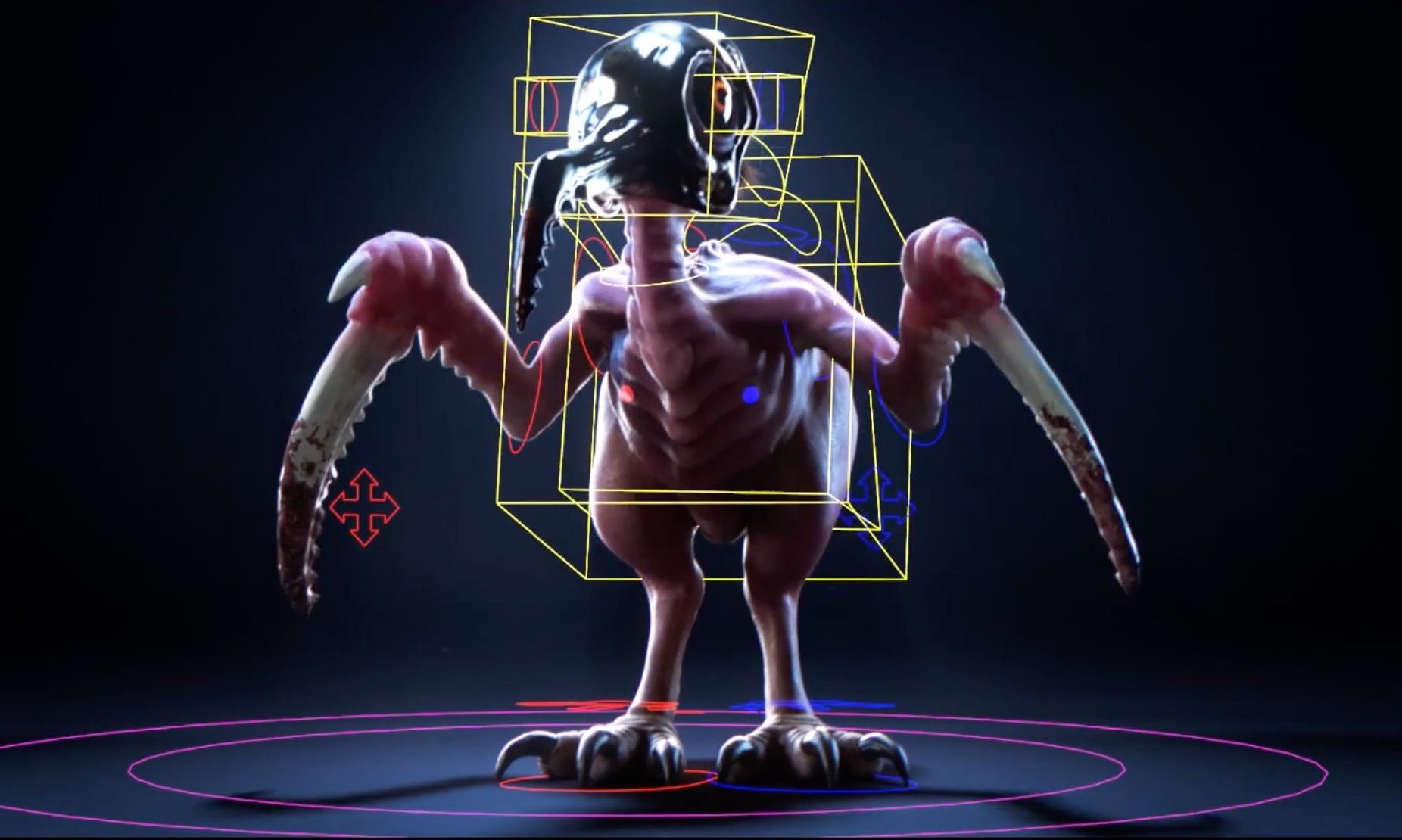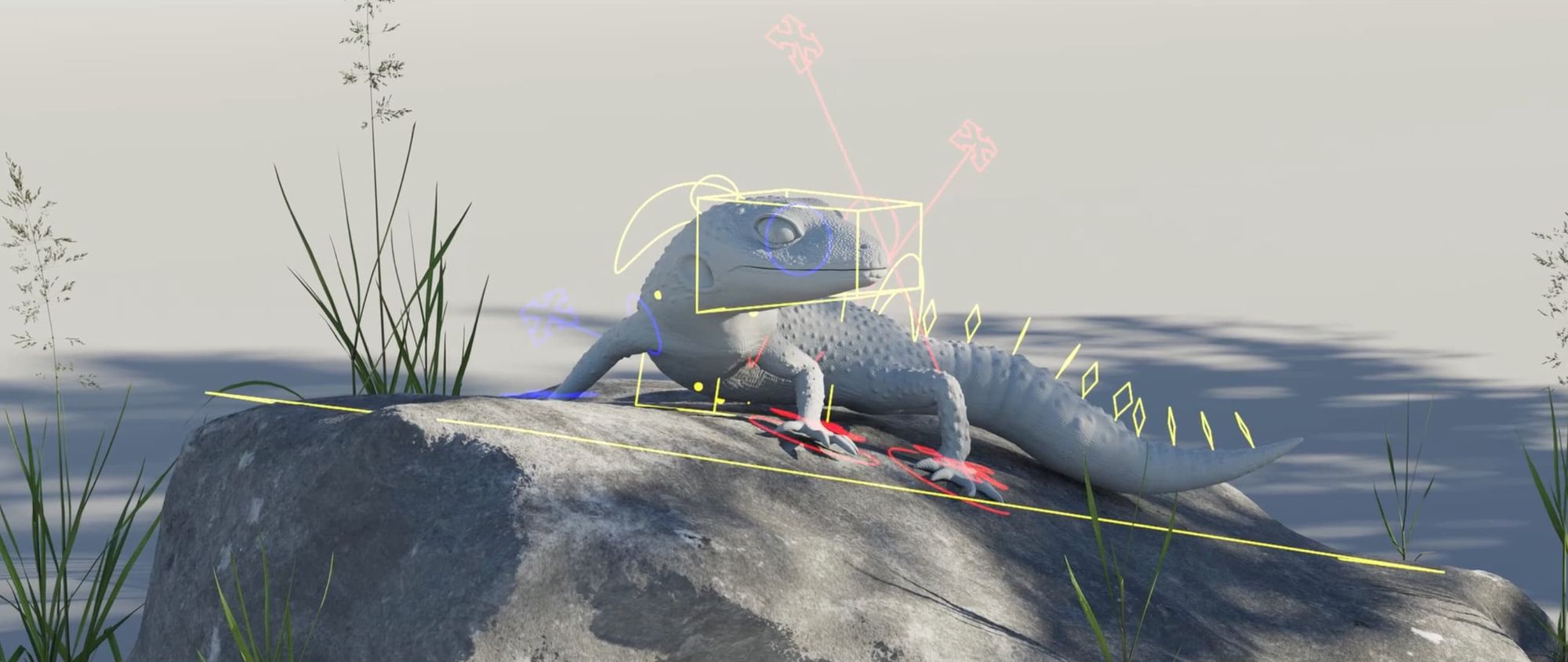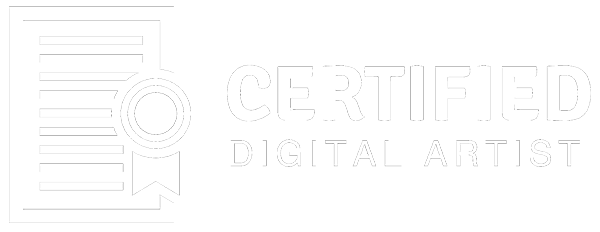What is a Rigging TD?
A Rigging TD has the responsibility of creating the backbone of a character, literally. The role requires someone to understand the needs of animation, know the human anatomy and be familiar with programming languages. The Rigger is one of the more technical players in the pipeline and is essentially tasked with ensuring the 3D models deform well and preparing them for Animators to work with. TD is an acronym for "Technical Director", and is a title you will find used for more technical, and less artistic roles.
Entry Level Skills & Capabilities
The following information outlines the exact skills you need to demonstrate as a Certified Digital Artist. You must be proficient and capable of completing all these skills and capabilities.
1. Communication skills
- Strong communication skills to describe and present your work with confidence.
- Willing to show progress frequently and able to receive and discern feedback objectively
2. Reference Gathering
- Capable of collecting and cataloguing visual reference images
- Ability to gather technical documentation relating to the software and the scripting languages used on a project
3. General
- Capable of basic 3D modeling techniques to give targeted feedback to the modelling department
- Good understanding of motion and body dynamics
- Good understanding of anatomy for humans and animals
- Capable of building basic tools to help animators work with rigs
4. Task Preparation
- Quality control of models and topology to help create clean deformations and shapes required for the performance
5. Movement & Mechanics
- Apply understanding of anatomy, morphology, locomotion & physical mechanics to build characters capable of a compelling performance.
- Bonus: Familiarity with anatomy and locomotion in the natural world. (Features, Subtleties and Limitations)
6. Rigging
- Articulation and deformation skills for rigid bodies and soft bodies
- Build a full range of basic face shapes for a character performance
- Ability to rig an object (prop) in a way that allows animators to integrate it effortlessly into a performance
- Ability to rig a vehicle for performance and animation purposes
- Capable of creating a mechanical rig with articulating joints
- Ability to work with dynamic simulations
- Ability to apply blend shapes/corrective shapes to rigs
- Bonus: Ability to create cloth asset simulations
7. Scripting
- Ability to produce clean, efficient and documented code that adheres to scripting standards
- Create simple tools to help animation workflow and rig interaction.
- Applied understanding of script jobs, runtime expressions and the node graph.
- Bonus: Ability to design a basic automation/workflow tool
8. Mathematics
- Basic understanding of logic such as conditions and remapping of values
- Bonus: Basic understanding of concepts such as linear algebra (manipulating vectors and transformation matrices) and trigonometry

Software Proficiencies
Ability to use one or more of the following software packages:
- Maya
- Blender
- 3dsMax
- Bonus: Houdini
Language Proficiencies
Basic ability to use one or more of the following coding languages:
- Python
- GUI scripting
- Bonus: C++
- Bonus: Maya Embedded Language (MEL)
Prerequisites
These skills are equally important in terms of your understanding and ability to do this role. Although they are not skills or knowledge that is officially certified, it will be obvious to recruiters and Certified Digital Artist(CDA) reviewers if you have knowledge in these areas.
Art Fundamentals
- Anatomy
- Form
Life Skills & Communication
- Thinking Critically
- Communication Skills
- Conflict Management
- Taking initiative
- Collaboration
- Time Management

Portfolio Projects
Roles in the Creative Media & Entertainment industries are quite different to traditional roles. As a Digital Artist, you need to prove your creative and technical abilities which require an online portfolio filled with projects that showcase your work. One or more of the following projects should be included in your digital portfolio to demonstrate your skills and abilities to perform the required skills of this role.
- Show a comprehensive rig of a character, which demonstrates good deformation, by going through a range of motion or ideally an animation
- Create a rig capable of rigid mechanisms such as a robot arm or excavator.
- Create a rig for a quadruped animal with basic controls for animation
- Create a rig for a specific human or animal body part eg: shoulder
- Bonus: Demonstrate a dynamics simulation by having cloth interact with either a character or prop
- Bonus: Demonstrate a range of primary facial shapes for humans
- Bonus: Include screen recording that demonstrates a script or tool that you have developed.


